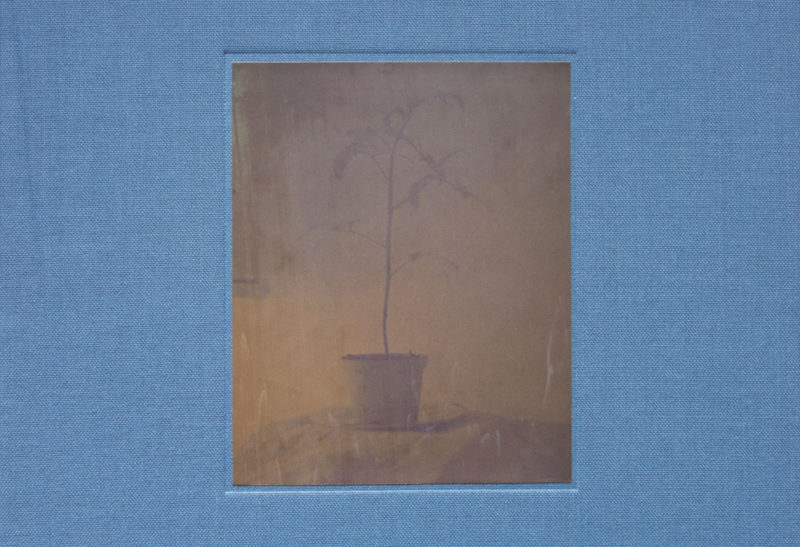I never envy the people who have to write the press texts for exhibitions or books. Take, for example, Guy Archard‘s Almost. What can you possibly write about that? Here’s what the publisher came up with. The book is, we’re told, “an enigmatic exploration of beauty and decay both in the physical and metaphysical form. Abstracted images take the viewer on a poetic meander through relationships with loved ones past and present, accompanied by pondering day-dream fixations on everyday objects.” Umm, OK.
But I don’t want to make fun of this, because there is some photography that is difficult to write about, especially when you need a quick blurb so someone might develop the urge to buy a book, and Archard’s photography falls into that realm. With some photography being so difficult to write about, there also is photography that doesn’t really work so well online. To be honest, if I had found the photographs or pictures of the book online somewhere I am not sure I would have bought the book. Instead, I came across the book at the Unseen book market, perusing the various stands for the umpteenth time.
I had been stung with photobook-related excess-weight luggage fees at the airport before, so my plan that day was to look, but not to buy. That didn’t work out so well. I first bought a book that currently only exists in the form of two copies (this required considerable finagling on my part, something which I am usually not the biggest fan of), and then I came across Almost. I picked it up from the table – its unassuming cover had me ignore the book previously, I started leafing through it – backwards, as I always do when browsing, and I realized I needed to buy this book.
Even if one is dealing with photobooks on a daily basis, it’s often easy to forget that they’re not just collections of pictures. And they’re not albums, either. Instead, they are – or at least should be – carefully considered objects, in which the quality of the photographs and their edit and sequence, live in harmony with the overall layout/design, and the production (the type of paper and cover etc). If you don’t believe me, go, take your favourite photobook, cut out the pictures (and just the pictures), reshuffle them on a table, and see whether you still have the same thing.
The relative weight of the different factors involved in a photobook can vary considerably, though. You don’t necessarily need great photographs if you have a strong concept, and if all the rest is very convincing. A lot of the images in Almost aren’t great pictures. Some are, but others fall way short. But this doesn’t matter for the book, because as the sum of a carefully considered whole they all are elevated into something bigger, where “bigger” doesn’t quite feel like the right word. There’s nothing big in any sense of the word about the book.
Instead, imagine yourself perfectly at ease and relaxed, watching a piece of light fabric sway in the breeze of a warm, pleasant, sunny day. That is the feeling created (or should I say “transported”?) by Almost. That’s why you’re not going to get this on the web: It would be like watching a video of such fabric swaying as opposed to experiencing the same thing. Here we then have one of those things too easily forgotten, too conveniently ignored by those who mistaken a mostly digital life style, glued to iThis or iThat, for a life fully lived: There is quite a bit more out there. But for you to experience it, you need to shut the damn things off first and be open to that which consists of more than just zeros and ones.
Almost; photographs by Guy Archard and Graham Archard; 48 pages; Bemojake; 2013
Ratings explained here.
